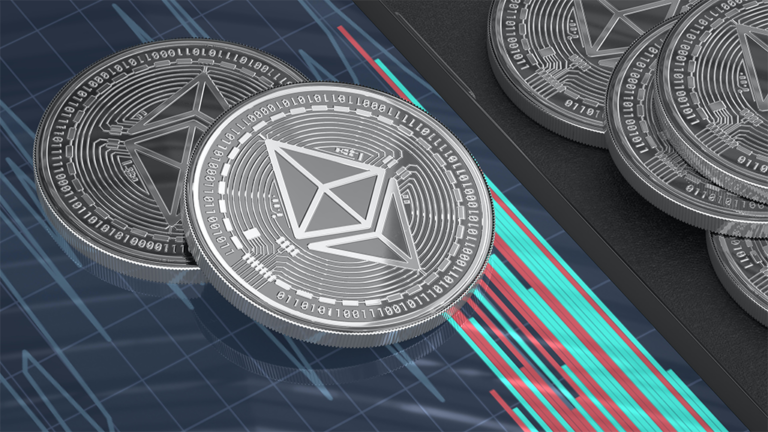Ethereum Blockchain: A Beginner's Guide to Decentralized Finance and Smart Contracts

June 21, 2023:- 2009 Bitcoin revolutionized the world by introducing a decentralized alternative to traditional currencies. This breakthrough sparked a wave of innovation and curiosity around blockchain technology. Enter Ethereum, founded by a visionary named Vitalik Buterin. Ethereum aimed to surpass Bitcoin’s capabilities and provide a platform for developers to build decentralized applications using smart contracts.
What is Ethereum?
As of Q2 2023, Ethereum holds the second spot as the most prominent cryptocurrency with a market capitalization of $220 billion. Ethereum is not just a cryptocurrency; it is a decentralized blockchain platform with a mission to change the world. Its unique features focus on smart contracts, decentralized finance (DeFi), and decentralized applications (dApps).
Smart Contracts:
Smart contracts can be compared to digital vending machines. When you use a vending machine, you enter into a smart contract: you pay the exact amount, select your desired item, and the machine delivers it. Similarly, smart contracts operate on the same principle, executing predefined terms directly through code. Once deployed on the Ethereum network, these contracts are immutable and cannot be changed.
Ether (ETH):
Ether, the native cryptocurrency of Ethereum, powers smart contracts and serves as fuel for transactions and computational services on the network.
History and Challenges:
Ethereum has had its share of challenges, including the infamous DAO attack 2016. This attack led to a hard fork, creating two separate Ethereum networks: the current Ethereum blockchain and Ethereum Classic. Ethereum has since transitioned from proof of work (PoW) to a proof of stake (PoS) consensus mechanism through a significant upgrade known as the Merge.
Token Standards:
Ethereum supports various token standards. ERC-20 tokens are fungible and interchangeable, while ERC-721 tokens are non-fungible tokens (NFTs) for representing unique digital assets. ERC-1155 tokens combine features of both ERC-20 and ERC-721 standards, enabling developers to create unique and interchangeable items.
Ethereum Wallets:
To interact with Ethereum’s smart contracts, users need Ethereum wallets. These wallets can be software or hardware tools that hold private keys and provide public addresses for sending and receiving Ether. Full and light nodes are the two types of Ethereum wallets, each with advantages.
Popular dApps:
Ethereum’s decentralized applications, or dApps, operate on a distributed network of computers, offering various functionalities. Some famous examples include Uniswap, a decentralized exchange (DEX), Aave Protocol for borrowing and lending assets, and OpenSea, a marketplace for NFTs.
Benefits and Disadvantages:
Ethereum brings versatility, cost efficiency, and enhanced performance compared to centralized systems. However, it faces rising transaction costs, Ether volatility, and scalability concerns.
The Future of Ethereum:
Ethereum’s future looks promising as it transitions to become more robust and scalable. The development roadmap includes phases like the Merge, Surge, Verge, Purge, and Splurge, aiming to address limitations and attract more developers and users to the platform.
Ethereum has paved the way for decentralized finance and intelligent contracts, offering a platform for innovation and collaboration across industries. As Ethereum continues to evolve and overcome challenges, it will remain a dominant force in the blockchain and cryptocurrency space in the coming decade.
































